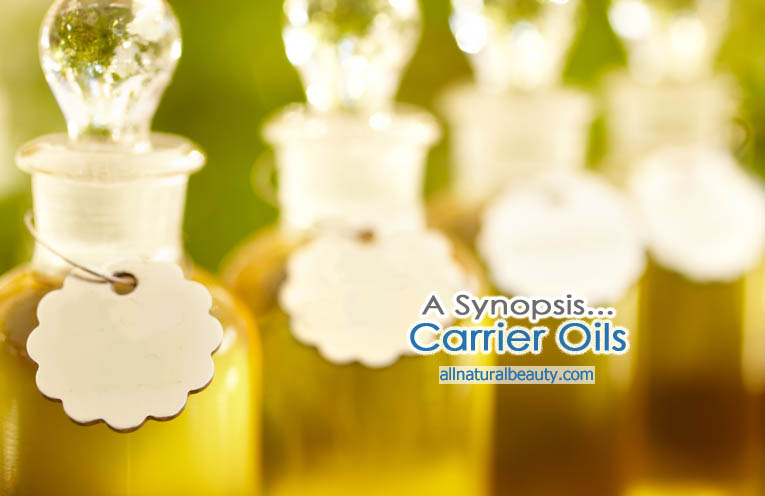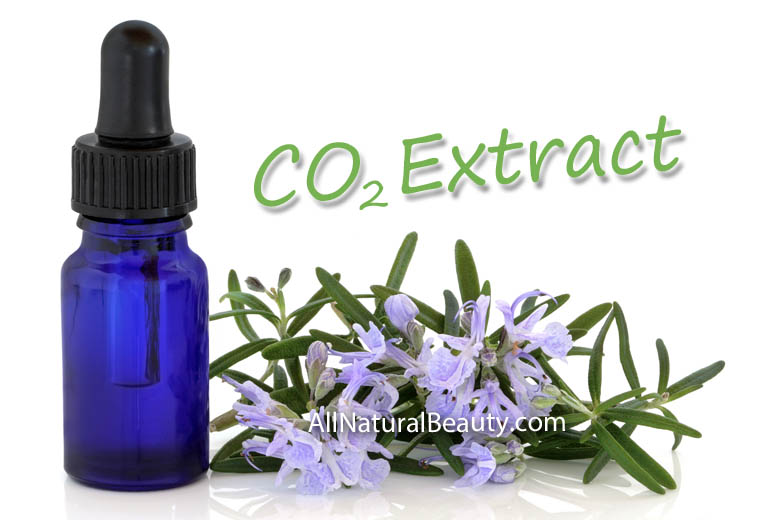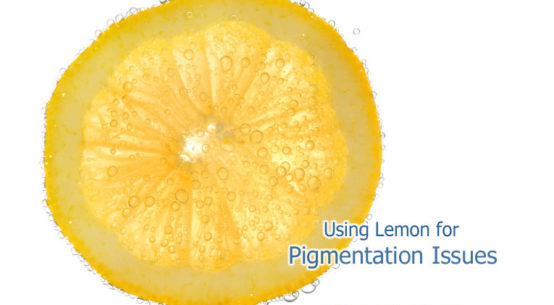
Buy local and sustainable within 100 miles of where you live, and then if this is not possible, buy what grows within your state or country. It is not ecological nor environmental nor sustainable to buy exotic oils from a far distance.
Carrier oils are fatty oils. They are not volatile like essential oils. They are also referred to as base oils, fixed oils or vegetable oils. Carrier oils are used for many things: mainly in skin care products to provide properties such as being emollient or soothing to the skin; to dilute or carry essential oils, CO2’s and absolutes into the skin upon application; to act as sun block and other purposes. Different carrier oils offer different properties and the choice of carrier oil can depend on the therapeutic benefit being sought.
Carrier oils are preferred if they are cold-pressed vegetable oils derived from the fatty portions of the plant seed or nut and derived from organically grown plants. Carrier oils can be drying, semi-drying or non-drying depending on their chemistry. Carrier oils often do not have a strong aroma and do not evaporate.
There is much information on carrier oils in The Herbal Body Book, Chapter 22 and The Aromatherapy Book. Please read these books. The following is from The Herbal Body Book, p. 332.
Some carrier oils are Nondrying and especially useful for dry skin that needs oil. Dry skin that needs water needs to be hydrated with hydrosol spray. Non drying oils contain mostly saturated and oleic acid glycerides with very little to no linoleic or linolenic acids. Upon exposure to air they remain liquid for long periods of time and have a low iodine number (less than 100). Nondrying oils are usually extracted from tropical plants and include Almond, Castor, Cocoa butter, Olive, Palm, Peanut and Rape (Canola) — these are all non-drying oils.
Semi drying oils do not have much linolenic acid but have quite a bit of linoleic acid and more saturated acids; they dry slowly upon exposure to air and at higher temperatures and have an iodine number of 100-130. These oils are more suitable for normal to oily skins: Corn, Cottonseed, Croton, Sesame, and Sunflower are all types of semidrying oils.
Drying oils are very high in the unsaturated glycerides, most especially linoleic and linolenic acids. They are quid low in oleic acid, they dry slowly in the air to form a film, and have a high iodine number (over 130). Usually these oils come from plants that make their home in more temperate climates. Drying oils are more suitable for oily skins but are generally best used when mixed with other oils: Linseed, Hempseed, Soybean and Tung, are the most drying of the oils.
There are many types of carrier oils from all sorts of seeds and nuts. Examples of carrier oils are sweet Almond, Apricot kernel and Peach kernel which are almost identical.
Others include:
Argan
Avocado,
Borage,
Camellia,
Canola,
Castor,
Coconut,
Cranberry seed,
Evening Primrose,
Flax,
Grape seed,
Hazelnut,
Hemp,
Jojoba,
Kukui,
Macadamia nut,
Marula (Sclerocarya birrea)
Olive,
Palm Kernel,
Peanut, Pecan,
Pecan,
Pistachio,
Pomegranate
Raspberry seed,
Safflower,
Sesame,
Soybean,
Sunflower,
Walnut and w
Walnut,
Wheat germ.
Carrier oils that you obtain in the grocery store should be labeled checked to see if they are cold-pressed. Many oils bought in the grocery store are heated and therefore have less therapeutic benefit. So look at the label, make sure it is cold-pressed both for eating and for skin care.
Mineral oil is not used in aromatherapy because mineral oil is not a natural product. It is inexpensive and often used even in high-end cosmetics. It is also thought that mineral oil can prevent essential oil absorption into the skin.
Essential oils do not go rancid but they can oxidize with time. Carrier oils, however, can go rancid and oxidize. Carrier oils that you purchase should be natural and unadulterated.
Iodine number is the iodine value (or “iodine adsorption value” or “iodine number”) in chemistry is the mass of iodine in grams that is consumed by 100 grams of a chemical substance. An iodine solution is yellow/brown in color and any chemical group in the substance that reacts with iodine will make the color disappear at a precise concentration. The amount of iodine solution thus required to keep the solution yellow/brown is a measure of the amount of iodine sensitive reactive groups.
One application of the iodine number is the determination of saturation of fatty acids as double bonds in fatty acids also react with iodine compounds. The higher the iodine number, the more unsaturated fatty acid bonds are present in a fat.
Non-drying oils are the most stable and they include Olive, Almond and Peanut. Non-drying oil is oil that does not harden when it is exposed to air. This is as opposed to drying oil, which hardens completely, or a semi-drying oil, which partially hardens. Oils with an iodine number of less than 115 are considered non-drying.
Semi-drying oils are Corn, Cottonseed and Sesame. A semi-drying oil is oil that partially hardens when it is exposed to air. This is as opposed to a drying oil, which hardens completely, or a non-drying oil, which does not harden at all. Oils with an iodine number of 115-130 are considered semi-drying.
Drying oil is oil that hardens to a tough, solid film after a period of exposure to air. The term “drying” is actually somewhat of a misnomer – the oil does not harden through the evaporation of water but through a chemical reaction in which oxygen is absorbed from the environment (auto-oxidation). Drying oils are a key component of oil paint and many varnishes. Oils with an iodine number of over 130 are considered drying. High levels of polyunsaturated fatty acids characterize drying oils. One common measure of the siccative (drying) property of oils is iodine number. Some commonly used drying oils include linseed oil, tung oil, poppy seed oil, Perilla oil and walnut oil.
The most stable oils are Avocado, Palm Kernel, Castor, Safflower Oleic, Coconut, Shea Butter, Cocoa Butter, Sunflower Oleic, Jojoba, Olive, and Wheat Germ
Personally, I always make choices of oils that are stable, and grown and harvested near me. Oils grown in Africa or Asia may be very good but the cost of transporting them is hard on the oil as well as on the environment. Choose organic, choose local over non-organic and exotic. Make your own infused oils using Olive Oil and fresh herbs. I make a special therapeutic oil called Bruise Juice and a skin care oil with fresh Calendula called Calendula infused Oil.
Source:
Aromatherapy Course – Home & Family by Jeanne Rose
The Aromatherapy Book by Jeanne Rose
The Herbal Body Book by Jeanne Rose
Wikipedia
————
All rights reserved 2003, 2004, 2005, 2006. No part of this article may
be used without prior permission from Jeanne Rose.
© Authors Copyright Jeanne Rose,
info@jeannerose.net
- Education
- Books
- Courses
Ms. Rose is the author of over 20 books, including Herbs & Things, The Herbal Body Book, The Aromatherapy Book, and Jeanne Rose’s Herbal Guide to Food, and she has taught herbs, aromatherapy and distillation extensively throughout the U.S. She organized and was President of the first large Aromatherapy organization in the United States, NAHA, and speaks widely at many other events and conferences. She teaches distillation techniques for quality essential oils throughout various parts of the world. The word, ‘hydrosol’ as used for the waters of distillation, was first used and put in place by Jeanne Rose in 1990.

Aromatherapy Classes,
Certification Weekends and Seminars
taught in person by Jeanne Rose
ENROLL NOW – Visit http://jeannerose.net/calendar.html
or call 415-564-6337 or email aromaticplant@yahoo.com
Enrollment limited.
Seminars are valid for 15 CE and towards Practitioner Certification

Jeanne Rose is the author of 22 books on herbs and aromatherapy. Most recently, Jeanne authored “375 Essential Oils & Hydrosols” which is a complete reference book of 375 aromatic plant extracts and hydrosols with phytochemical, clinical and botanical indices.
She has released several booklets since 2006.

Jeanne Rose is the Director of the Institute of Aromatic Studies, principal tutor of both the Herbal Studies Course© and the Aromatherapy Studies Course – Practitioner© by Distance-study and Aromatherapy Course by home-study.
Learn more about the 3 types of home studies courses:
The Aromatherapy Course
– Home and Family©
AROMATHERAPY STUDIES COURSE©
– Practitioner
HERBAL STUDIES COURSE©
Ms. Rose is the author of over 20 books, including Herbs & Things, The Herbal Body Book, The Aromatherapy Book, and Jeanne Rose’s Herbal Guide to Food, and she has taught herbs, aromatherapy and distillation extensively throughout the U.S. She organized and was President of the first large Aromatherapy organization in the United States, NAHA, and speaks widely at many other events and conferences. She teaches distillation techniques for quality essential oils throughout various parts of the world. The word, ‘hydrosol’ as used for the waters of distillation, was first used and put in place by Jeanne Rose in 1990.


















